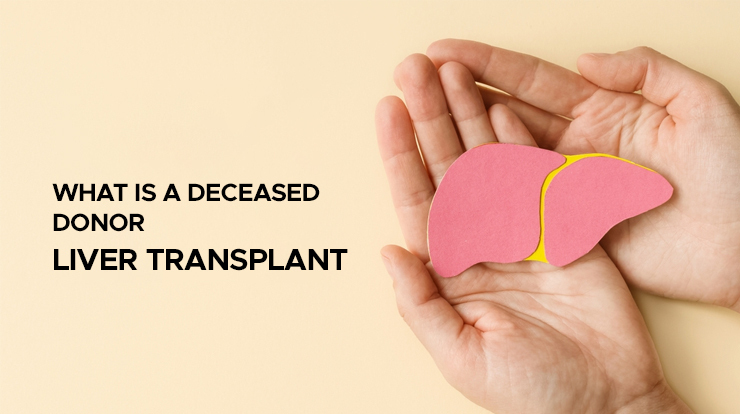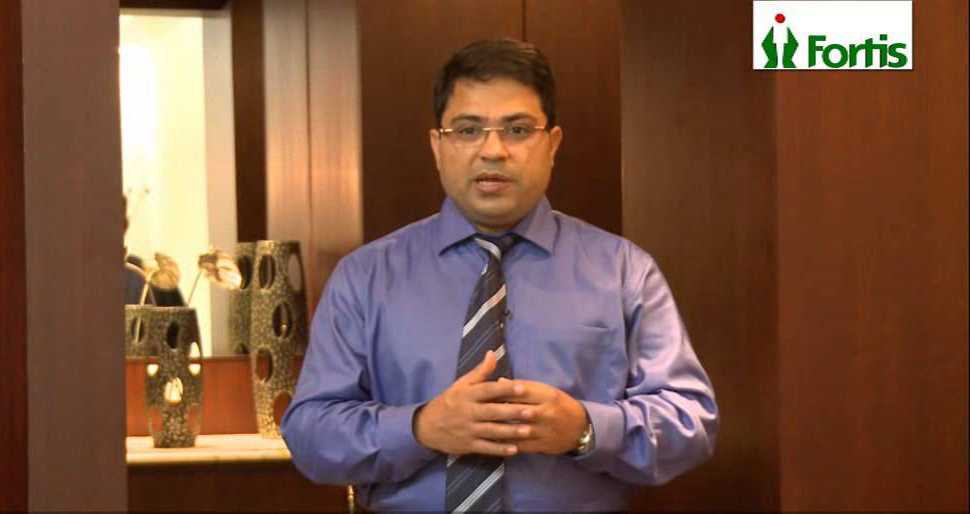
When having a liver transplant from a deceased donor, the donor must be brain dead and may have suffered a head injury, a brain haemorrhage, or both. The heart of the donor continues to beat, but the brain has irrevocably and permanently stopped working. Legally speaking, this individual is regarded as deceased for a deceased donor liver transplant. The donor is often in an intensive care unit during this time.
With the next of kin’s permission, the liver is donated by these people. From these individuals, full livers can be utilised for an adult for a cadaveric liver transplant or a portion can be used for a youngster. The sole prerequisites are that the donor and receiver have blood types that are compatible and are around the same size. There is no need for additional matching.
The only Indian to be selected for the famous “Roche Preceptorship Training Program in Liver Transplantation” (2006) at the University of Alabama in the United States, Dr Vivek Vij successfully performed multiple cadaver surgeries with the help of his team. Dr Vivek Vij has earned praise for doing liver transplants with the fewest biliary tribulations, as well as for incurring the fewest expenses from these issues after surgery. By enriching the fundamental research infrastructure for top-tier research, he desires to heighten Liver Transplant Success Rate in India in India to a whole new level.
The only alternative for individuals with advanced liver disease who lack a qualified family donor is to wait for a suitable cadaver donor liver transplant. The patient gets added to the official state-by-state waiting list as soon as they are deemed deceased donor liver transplant-eligible. Based on the patient’s blood type and the length of time they have been waiting, a donor liver may be offered. When choosing the best match, factors including the relative sizes of the patient and the donor, the liver quality of the donor, and the patient’s health are also taken into account.
It may be challenging and irritating to be on the waiting list. The most important thing is to keep the patient as healthy as possible so that when a liver eventually becomes available for cadaveric liver transplant the donor liver transplant goes smoothly. To catch any issues or consequences early, the patient should keep taking the recommended liver drugs and visit the treating liver doctor frequently.
To spot any new issues that would jeopardise the safety of liver transplantation, the transplant team may do routine examinations of the heart and lungs in certain patients. On the waiting list, patients may have recurrent infections and declining liver function, necessitating hospital or even critical care stays. Treatment always aims to address the problem and stabilise the patient’s health to allow for a transplant when an organ becomes available.
Please contact your transplant team if the patient is hospitalised at a nearby hospital for any medical reason. With Vivek Vij’s assistance, experts will be able to discuss the best course of therapy for the condition thanks to this.
If a suitable donor liver transplant becomes available, the surgical team will determine if the liver is compatible with the patient. In that case, the patient will be informed promptly and told to get to the hospital right away. The patient typically has six hours to get to the hospital after receiving the call, which may occur at any time of day or night.
Therefore, it is advised that they consider their transportation choices in advance. When patients from outside the city reach the top of the waiting list, it is advised that they remain there to prevent missing out on a chance owing to travel-related concerns. During the waiting list period, the patient should always be reachable. The deceased donor liver transplant team must be notified whenever the patient changes their contact information, including their phone number, email address, or mailing address.
Your name will be added to a waiting list if you are a viable liver transplant candidate. Blood type, body type, and medical condition are mentioned for patients in order. Three straightforward blood tests are used to assign each patient a priority score (creatinine, bilirubin, and INR). When used for adults, the score is referred to as the MELD (model of end-stage liver disease) score and when applied to kids, as PELD (paediatric end-stage liver disease).
Transplantation begins with the patients who scored the highest. The sickest patients might receive transplants first because as they get worse, their scores rise and their priority for transplant rises. The length of time it will take for a liver to become available cannot be foreseen.
For all of your difficulties, Dr Vivek Vij, who has received two Fortis Healthcare awards for clinical performance, can provide you with outstanding solutions.
The disease that led to your liver failure as well as other factors can affect how well you will recover from a Liver Transplant in India. One of your vital organs is your liver. No mechanical or medicinal alternative can take its place because of the sheer number of complicated duties it performs. Before it starts to fail, you are unaware that your liver is performing this task. However, you comprehend when you start to suffer the signs and symptoms of liver failure. Select the greatest specialist, such as Dr Vivek Vij, to guide you through this journey.


